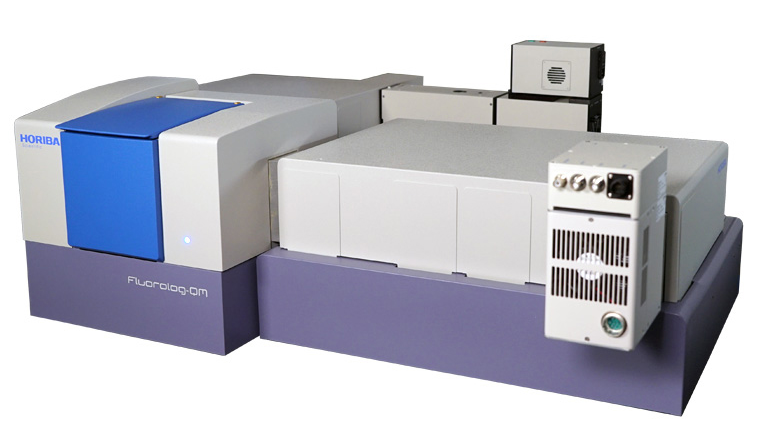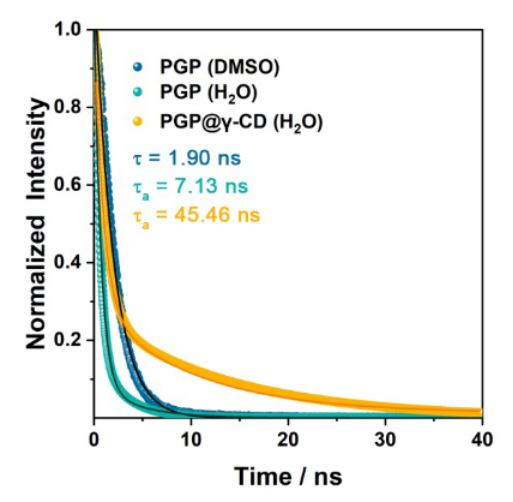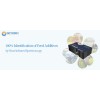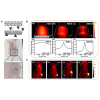The Research Group Led By Wang Feng At Huazhong University Of Science And Technology In Wuhan Has Developed Intelligent Shape-Memory Fluorescent Materials. Advanced Materials | User Achievements Bulletin.
This article primarily describes the application of the HORIBA QuantaMaster 800 in the research of smart luminescent materials.
Research Background
Smart luminescent materials have attracted widespread research interest due to their emission signals that can be directly recognized by the naked eye, offering potential application prospects in the upcoming era of intelligent and miniature devices. However, the fabrication of smart materials capable of simultaneously undergoing multiple deformations and producing multicolor fluorescence from these deformations is rare. If such a material were to be designed, it would exhibit shape-memory and color-changing properties, allowing its deformation behavior to be observed simply by monitoring the changes in fluorescence.
Research Achievements
Professor Wang Feng's team at Huazhong University of Science and Technology has developed a novel smart fluorescent material called PGP (branched polyethylenimine grafted with pyrene). This material exhibits deformation and stealth properties under external stimuli. Leveraging the reversible coordination chemistry between amine groups in PGP and Cu²⁺ ions, the team explored the application of PGP as erasable and recyclable fluorescent ink. Fluorescent patterns printed with PGP ink on paper can be quickly erased and restored multiple times with simple chemical inputs.
The combination of these stimulus-responsive properties, including deformation-dependent fluorescence color and erasable/recoverable fluorescence, makes PGP a versatile smart fluorescent material. This material holds potential for applications in fields such as nanorobotics, sensing, information encryption, and anti-counterfeiting. PGP is a pyrene-based polymer with a single fluorescent group. Under supramolecular stimuli, PGP self-assembles into three distinct morphologies, each displaying shape-dependent fluorescence colors: spherical core-shell micelles with cyan-green fluorescence, regular rectangular nanosheets (RNS) with yellow fluorescence, and irregular branches with deep blue fluorescence. A quasi-reversible transformation can be manipulated between the first two shapes.
Instrument Contributions
The HORIBA QuantaMaster 800 fluorescence spectrometer was used in the research to measure the fluorescence lifetime of PGP before and after the addition of γ-cyclodextrin. These measurements served as evidence of the host-guest interaction between pyrene in PGP and γ-cyclodextrin.
"The wide wavelength range, high sensitivity, and flexible, user-friendly operation of this instrument provided significant support, particularly in fluorescence lifetime testing," the researchers noted.

The QuantaMaster 800 fluorescence spectrometer used in the research has now been fully upgraded to the Fluorolog-QM™ research-grade fluorescence spectrometer.

Fluorescence lifetime measurements of PGP before and after the addition of γ-cyclodextrin.
Future Science
As a novel fluorescent ink, PGP possesses advanced erasable and recoverable properties, making it suitable for practical printing on paper. Due to its rational molecular design, PGP exhibits intelligent stimulus-responsive behavior at both the macroscopic level (fluorescence changes) and the microscopic level (deformation responses). These characteristics open up potential applications for PGP in various fields, including nanorobotics, sensing, encryption, and anti-counterfeiting.


-100x100.png)


















Comments: 0
No comments